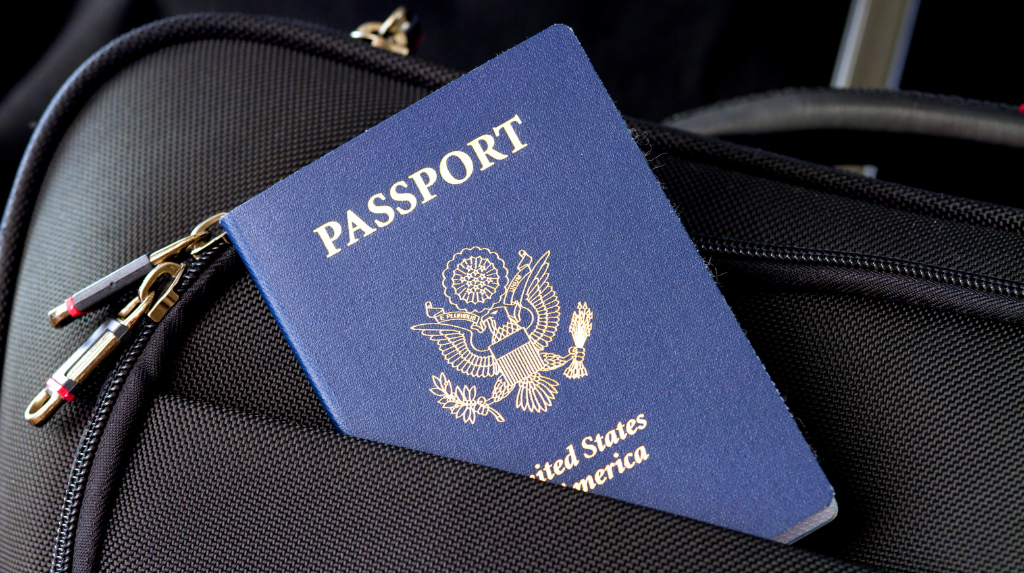Industries like tourism, hospitality, food processing, and landscaping rely on seasonal workers to adapt to changing labor demands. To address these needs, many businesses in these fields turn to foreign workers under the H-2B visa program, which is specifically designed for temporary, non-agricultural labor.
In 2023, the Biden administration took significant steps to enhance the H-2B program to support economic growth and meet seasonal labor demands.
Key Updates to the H-2B Visa Program
IMPORTANT NOTICE: As of Jan.7, 2025, USCIS has received enough petitions to reach the additional 20,716 H-2B visas made available for returning workers for the first half of FY 2025 with start dates on or before March 31, 2025, under the FY 2025 H-2B supplemental visa temporary final rule.
Expanded Work Opportunities
In collaboration with the Department of Homeland Security (DHS) and the Department of Labor (DOL), the U.S. government made substantial increases to the H-2B visa allocations in 2023:
- 65,000 additional H-2B visas were made available to support seasonal labor.
- 20,000 of these visas were specifically designated for workers from Haiti, El Salvador, Guatemala, and Honduras, as part of an effort to provide legal work opportunities and discourage unlawful migration.
This expansion created legal pathways to help meet U.S. labor needs while fostering economic growth.
Labor Protections for H-2B Workers
The DHS and DOL introduced new measures to strengthen labor protections for both foreign and domestic workers, ensuring fair practices and safeguarding against exploitation:
- Worker Protection Taskforce: Established to enforce the rights of H-2B workers and prevent misuse of the program, including hiring practices that could disadvantage U.S. workers.
- Expedited Deferred Action: A quicker process for deferred action was introduced for H-2B workers who have witnessed or experienced labor violations, allowing them to seek protection without fear of retaliation.
Economic Benefits of the Program Expansion
Contribution to GDP Through Improved Productivity
The expansion of temporary foreign worker programs (TFWPs) significantly contributes to the Gross Domestic Product (GDP) of host countries. By allowing foreign workers to fill labor shortages in key industries, these programs enhance overall productivity. For instance, sectors such as agriculture, construction, and hospitality often face acute labor shortages. By filling these gaps with skilled and unskilled foreign workers, businesses can operate more efficiently, leading to increased output and economic growth. Studies have shown that the presence of TFWs can lead to a more dynamic economy where local businesses benefit from the additional labor force. This influx allows for the expansion of services and products offered, ultimately contributing to higher GDP per capita and improved living standards for all residents.
Reduction in Labor Shortages
Labor shortages have been a persistent challenge in many economies, particularly in sectors that require manual labor or specialized skills. The expansion of TFWPs helps mitigate these shortages by providing a legal pathway for employers to hire foreign talent when local labor markets cannot meet demand. For example, during periods of economic recovery following downturns or crises like the COVID-19 pandemic, businesses often struggle to find enough workers. By easing restrictions on hiring temporary foreign workers, governments can support industries that are crucial for economic recovery and growth. This not only helps businesses thrive but also stabilizes employment rates across sectors.
Supporting Small and Medium-Sized Enterprises (SMEs)
Small and medium-sized enterprises (SMEs) often lack the resources to compete for talent against larger corporations. The expansion of TFWPs provides these businesses with access to a broader labor pool, enabling them to fill critical roles that might otherwise remain vacant. By employing TFWs, SMEs can enhance their productivity and service offerings, leading to increased competitiveness in the market. This support is vital for local economies, as SMEs are significant contributors to job creation and economic diversification.
Challenges and Criticisms of the Program
Potential Competition with Domestic Workers
One of the primary criticisms of expanding temporary foreign worker programs is the potential competition it creates with domestic workers. Critics argue that increasing the number of foreign workers may lead to job displacement for local employees, particularly in lower-skilled positions where wage competition is most pronounced. To address these concerns, policymakers need to implement measures that protect domestic workers while still allowing for the influx of foreign talent. This could include ensuring that employers demonstrate genuine efforts to recruit from the local workforce before hiring temporary foreign workers.
Concerns About Worker Exploitation and Rights
Another significant challenge associated with TFWPs is the potential for worker exploitation. Temporary foreign workers often face poor working conditions, wage theft, or limited access to benefits because they depend heavily on their employers. To address these risks, governments should establish robust regulatory frameworks that protect temporary foreign workers’ rights. These measures should ensure fair wages, safe working environments, and access to legal recourse whenever workers’ rights are violated.
Administrative Hurdles and Compliance Costs for Employers
The administrative burden associated with hiring temporary foreign workers can be daunting for employers. Compliance with visa regulations often requires significant time and resources, particularly for small businesses lacking dedicated HR departments. Employers may face challenges in navigating complex application processes and meeting ongoing compliance requirements. Streamlining these processes through digital solutions or simplified regulations could alleviate some of these burdens while encouraging more businesses to participate in TFWPs.
Policy Implications and Future Outlook
Government Strategies for Managing Program Expansions
As countries look to expand their temporary foreign worker programs, governments must develop comprehensive strategies that balance labor market needs with protections for domestic workers. This includes:
- Regular Labor Market Assessments: Conducting assessments to identify sectors facing labor shortages will help ensure that TFWPs are targeted effectively.
- Collaboration with Industry Stakeholders: Engaging with businesses, labor unions, and community organizations can provide valuable insights into how best to implement program expansions while addressing concerns.
- Monitoring and Evaluation: Establishing mechanisms to monitor the impact of TFWPs on both local economies and workers rights will be crucial in making informed policy adjustments.
Advocacy for Worker Protections and Rights
Advocacy groups play a vital role in pushing for stronger protections for temporary foreign workers. Their efforts can help ensure that policies are implemented fairly and equitably:
- Raising Awareness: Advocates can help raise awareness about the rights of temporary foreign workers among both employers and employees.
- Legal Support: Providing legal assistance to workers facing exploitation or discrimination can empower them to stand up for their rights.
- Policy Advocacy: Engaging in policy advocacy at local and national levels can lead to meaningful reforms that protect vulnerable populations while supporting economic growth.
Long-Term Benefits for Industries and Communities
In conclusion, expanding temporary foreign worker programs presents significant economic benefits while also posing challenges that need careful management. The positive impacts on GDP growth, labor shortage alleviation, and support for SMEs highlight the importance of these programs in modern economies. As countries navigate these complexities, focusing on worker protections will ensure that both domestic employees and temporary foreign workers benefit from an equitable labor market. By implementing thoughtful policies that address concerns while promoting economic growth, governments can create sustainable pathways that benefit industries and communities alike as we move forward into 2025 and beyond.
These updates make the H-2B program a more robust and secure option for both U.S. businesses and foreign workers, enhancing opportunities and safeguards alike in the face of rising seasonal labor demands.
How Law and Visas Can Help?
At Law and Visas, our team of expert immigration consultants is here to make your travel to the US straightforward and successful. Whether you’re applying for a Green Card, Visitor Visa, or Study Visa, we handle every step from preparing your application to gathering the required documents.
Our immigration Consultants and Lawyers ensure that your application meets the highest standards, with no details missed. We’ll also keep you informed throughout the process and coordinate with the immigration office or embassy on your behalf.
Law and Visas has a strong record of helping clients secure the visas/permits they need in the US. Call us today at +234 812 5505 986 to learn how we can assist you.





